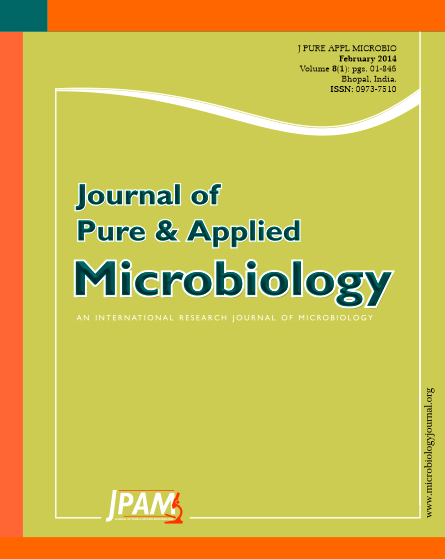This research was conducted during the growing season 2010 at Talbeiseh region, located 10 km north of Homs city, 487m above sea level, average annual rainfall of about 400 mm. Maize (Zea mays L. CV. Ghota-1) variety approved local synthetic Ghota -1 was irrigated with saline water according to the following concentrations of sodium chloride salt (NaCl) Irrigation water used without the addition of salts (control), Irrigation water with 2g/L sodium chloride, Irrigation water with 4g/L sodium chloride Irrigation water with a further 6g/L sodium chloride, Irrigation water with 8g/L sodium chloride. This study to investigate the response of maize variety to different levels of salinity in irrigation water, and determine its ability to grow and develop in conditions of irrigation with saline, in addition to estimate productivity and quality of forage under salt stress conditions. Three grains of maize was planted in plastic pots measuring (40 × 40) cm. Plants were thinned to one plant after germination. Randomize complete block design was set with three replications, data were analyzed using statistical analysis software (Genstat-7) and means are compared by the least significant difference test LSD at a significance level of 5%. The results showed a clear effect of saline irrigation water on plants as it is when using irrigation water of high salt concentration, i.e. (6 mg/L and 8mg/L) the all plants death, these treatments gradually until age 45 days from sowing, due to the impact of salinity on the tissues of these plants. The results showed also a clear effect of saline irrigation water on the morphological and productivity features of the plants under study. Control remains superior for the percentage and speed of germination, plant height, green fodder yield, the percentage and yield of dry matter, the percentage of organic matter and the percentage of raw protein at 2 g/L and 4g/L treatments, indicating the reduction of all of that traits by increasing of water salt concentration. However these two concentrations have surpassed control for raw ash percentage. Consequently, maize variety Ghota-1 could tolerate water salinity stress up to 4g/L of sodium chloride, while all morphological and productivity characteristics were affected.
Maize, Ghota-1, Salt stress, Growth, Germination, Yield
© The Author(s) 2014. Open Access. This article is distributed under the terms of the Creative Commons Attribution 4.0 International License which permits unrestricted use, sharing, distribution, and reproduction in any medium, provided you give appropriate credit to the original author(s) and the source, provide a link to the Creative Commons license, and indicate if changes were made.


